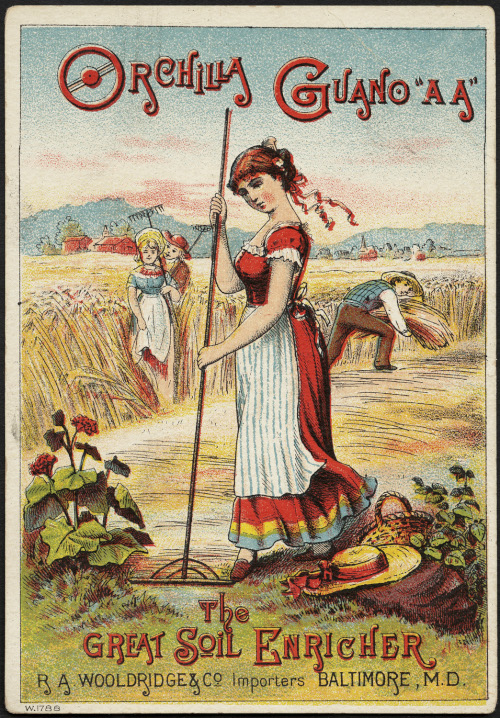
The composition of hydroponic fertilizers is completely different compared to the fertilizers for earth cultures. Plants that are cultivated in soils require completely different fertilizer mixtures than hydroponics. As a guide: Organic fertilizers often need microorganisms (depending on their composition) to break down the nutrients for the plants. Inorganic fertilizers do not need microorganisms to be able to supply the plant with all nutrients. Of course, the following also applies here: the exception confirms the rule.
Hydroponic fertilizers must be accountable for the special conditions of a hydroponics. These result on the one hand from the lack of microorganisms, which are required for the chemical splitting of the fertilizer substances in the soil - and can only be found there, on the other hand from the lack of buffering of the hydroponic system and from the fact that it is a closed system.
Important boundary conditions include: Hydroponic fertilizers should not contain too many ballast salts (sodium, chloride, etc.). The ammonium and nitrogen content should not account for more than about 50% of the total nitrogen (N) supply in order to avoid acidification of the nutrient solution.
However, this in turn does not apply to very hard (lime-rich) irrigation water. The phosphate content should also be significantly lower - compared to fertilizers for earth culture.
Fertilizer with buffer effect / reservoir or so-called long-term fertilizer
There are ion exchange fertilizers on the market for hydroponics. For decades, the ion exchange fertilizer “ Lewatit HD5 ” has been the only ion exchange fertilizer on the market. It was developed by Bayer AG in the 1970s and marketed under various trade names. The same company later developed the “ Lewatit HD5 plus ” for low-salt irrigation water (soft water).
In the meantime, only the well-known Lewatit HD50 is manufactured. This should be optimized for every degree of hardness of the water. However, the manufacturer still recommends adding lime to soft water to ensure supply.
Which liquid fertilizer can you use?
The range of liquid fertilizers and nutrient solutions has now become unmistakable (1). In addition to liquid fertilizers for the professional in larger containers, products are offered in smaller quantities for the hobby area. Mostly they are so-called universal fertilizers. However, some manufacturers also offer special fertilizers for hydroponics.
Striking here: almost all manufacturers hold back with specific information about the plants for which the fertilizer should be "optimal. Likewise in dosing depending on the growth development. Even if certain plants are named by name, apparently not detailed here. If you think of tomatoes, you will probably not think of all 3,200 varieties that are currently being grown (source). To believe that one and the same fertilizer delivers consistently good results here also seems completely unbelievable to the layperson.
1) You can find a (always) incomplete list of commercially available fertilizers here. We only keep this list as a list of ingredients for homemade nutrient solutions. You can find out how to do this here in detail using a sample mix. The series of articles begins here: Mix the hydroponic fertilizer yourself: introduction
There are several ways to fertilize plants in hydroponics:
• With liquid inorganic solid fertilizer, this is automatically added in large plants due to the conductivity measurement of the water.
• By fertilizer salt release from solid ion exchanger granules.
• Sludge up organic fertilizer or add such nutrient solutions.
• A humus or compost layer that is applied to the top substrate layer in low-fiber systems and is only watered from above when fertilizer is required.
Compounds and trace elements / orders of magnitude in nutrient solutions |
||
|
K |
potassium |
0.5 - 10 mmol / L |
|
Ca |
Calcium |
0.2 - 5 mmol / L |
|
S |
sulfur |
0.2 - 5 mmol / L |
|
P |
phosphorus |
0.1 - 2 mmol / L |
|
Mg |
magnesium |
0.1 - 2 mmol / L |
|
Fe |
iron |
2 - 50 µmol / L |
|
Cu |
copper |
0.5 - 10 µmol / L |
|
Zn |
zinc |
0.1 - 10 µmol / L |
|
Mn |
manganese |
0 - 10 µmol / L |
|
B |
boron |
0 - 0.01 ppm |
|
Mon |
Molybdenum |
0 - 100 ppm |
|
NO2 |
nitrite |
0 – 100 mg / L |
|
NO3 |
nitrate |
0 – 100 mg / L |
|
NH4 |
ammonia |
0.1 - 8 mg / L |
|
KNO3 |
Potassium nitrate |
0 - 10 mmol / L |
|
Ca ( NO3 ) 2 |
Calcium nitrate |
0 - 10 mmol / L |
|
NH4H2PO4 |
Ammonium dihydrogen phosphate |
0 - 10 mmol / L |
|
( NH4 ) 2HPO4 |
Diammonium hydrogen phosphate |
0 - 10 mmol / L |
|
MgSO4 |
Magnesium sulfate |
0 - 10 mmol / L |
|
Fe-EDTA |
Ethylenediaminetetraacetic acid |
0 – 0.1 mmol / L |
|
H3BO3 |
Boric acid |
0 – 0.01 mmol / L |
|
KCl |
Potassium chloride |
0 – 0.01 mmol / L |
|
MnSO4 |
Mangan (II)-Sulfat |
0 – 0,001 mmol/L |
|
ZnSO4 |
Zinksulfat |
0 – 0,001 mmol/L |
|
FeSO4 |
Eisen(II)-sulfat |
0 – 0,0001 mmol/L |
|
CuSO4 |
Kupfersulfat |
0 - 0,0002 mmol/L |
|
MoO3 |
Molybdänoxid |
0 – 0,0002 mmol/L |
Context:
ID: 419




